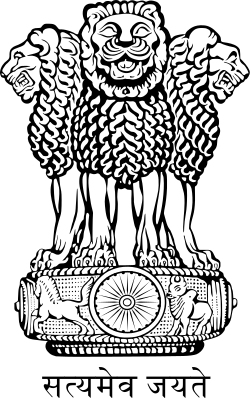| Drugs and Magic Remedies (Objectionable Advertisements) Act, 1954 | |
|---|---|
 | |
| Parliament of India | |
| |
| Citation | Act No. 21 of 1954 |
| Territorial extent | India (along with Jammu and Kashmir)(After removal of Article 370 in 2019) |
| Commenced | 1 April 1955 |
| Legislative history | |
| Introduced | 30 April 1954 |
| Status: In force | |
The Drugs and Magic Remedies (Objectionable Advertisements) Act, 1954, is an Act of the Parliament of India that controls the advertising of drugs in India. It prohibits advertisements of drugs and remedies that claim to have magical properties and makes doing so a cognizable offence. [1] [2]